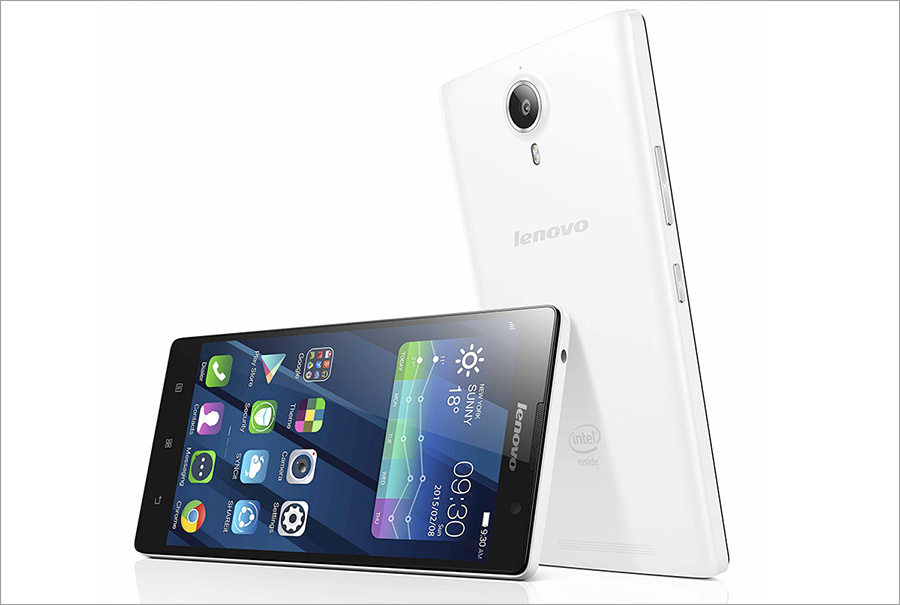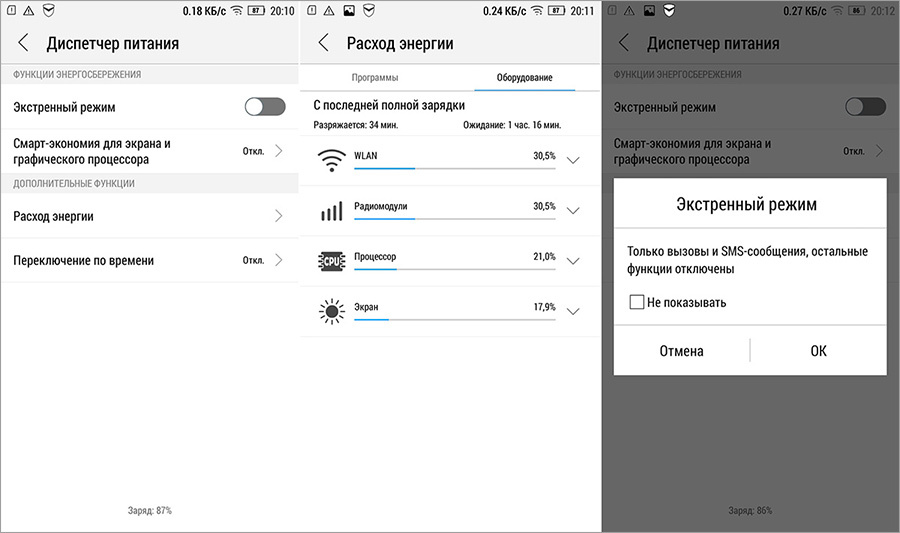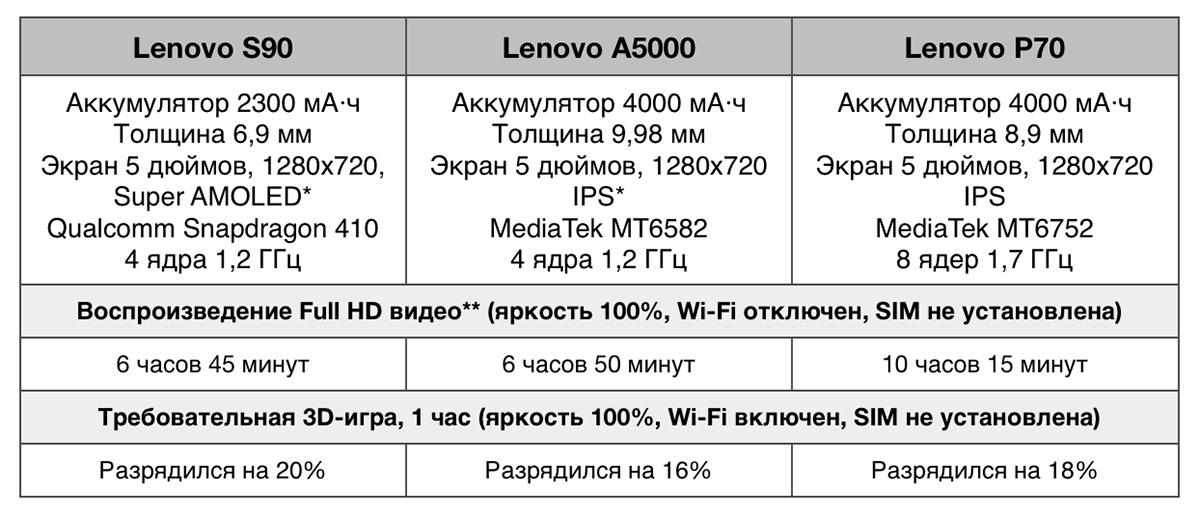Smartphones vs. Sockets: A Few Words About Energy Saving

If some 20-25 years ago someone told you that such a thing as nomophobia would appear, then you would most likely have laughed and continued to do their work calmly. Just in case, we recall that this term refers to the fear of being left without a mobile phone or far from it. There is even terrible statistics on the Internet: as many as 66% of smartphone users suffer from nomophobia. We do not undertake to confirm or deny this, because the source is unknown by good tradition, but one thing is absolutely certain: entertainment is entertainment, and it’s really unpleasant to remain without communication. Moreover, gadgets are always discharged at the most inopportune moment. There are no exceptions. And it is about the batteries in smartphones, we would like to talk a little today.
Nothing can be done about it, but people are really every year more and more dependent on smartphones. And here even their developers from research centers are no exception, everyone is equal. Manufacturers are well aware that the golden dream of each user is at least a week of battery life, as in the good old days of phones with buttons. But what exactly allows the battery to work longer?
High power battery
Battery capacity is a key indicator that primarily determines the battery life of a smartphone. This parameter is measured in mAh, milliampere-hours. The large physical size of the battery usually means that it will last longer than a more compact battery with the same load. But no one wants to carry a brick-sized phone with them. However, the battery capacity can be increased by increasing its density. However, reducing the size of the battery even by 0.1 mm is a difficult and, unfortunately, not cheap process. But it's worth it. For example, the thickness of our smartphone Lenovo P90 is equal to 8.5 mm, but at the same time inside there is a battery with a capacity of 4000 mAh
')

Lenovo P90
System integration
A good battery inside the gadget is just the beginning. After all, even if your car has the best engine in the world, this does not mean that it will drive faster than all other cars. The speed is significantly affected by all the numerous components of the car. Also with the battery: it depends on the hardware component of the phone. Processor, software, display ... all components of the device should work to increase battery autonomy.
An example is a compact Lenovo A5000 smartphone with a high-performance quad-core processor. So that the "extra" cores do not idle and do not consume energy while solving the simplest tasks, the smartphone simply turns them off when the user, say, reads or rewrites in the instant messengers. And it activates again when some Dead Trigger 2 or GTA is launched.
Lenovo A5000
Another example is the dynamic voltage variation system in the Lenovo P70. In this device, the frequency and voltage of the processor automatically change depending on the system load.
Screen optimization
It's no secret that the screen consumes the most energy. But with this, too, not only can, but also need to do something. As an example, we again cite the Lenovo P70, which is equipped with a display based on an IPS-matrix with a resolution of 1280x720 pixels, a diagonal of 5 inches. Its “trick” is not only in OGS technology (one glass solution), when the matrix, sensors and protective glass are actually one. Such a display requires less luminance of the backlight than screens with an air gap between the matrix and the glass, and, accordingly, consumes less energy.
Another useful thing is the built-in light sensor. It automatically changes the brightness of the screen depending on the intensity of the surrounding artificial or natural light. Well, the proximity sensor is worth mentioning, which turns off the display during telephone conversations. This is no longer a unique solution and is used everywhere, but it is unlikely that many people suspect that they also save energy during communication.
Lenovo P70
Software for energy saving
Software also plays an important role. In the case of Lenovo smartphones, the “software energy saver” is a built-in Power Manager system. This is a proprietary solution that is fully optimized to work with the Android OS and the Lenovo shell and is, on average, 30% more efficient than third-party programs. It has a number of very useful features.
For example, at that moment when you see a frightening red stripe on the battery icon, then it’s time to activate the emergency mode: it forcibly turns off everything that is unnecessary at all and leaves only the ability to receive / send SMS and receive or make calls. There is also a function that reduces the power consumption of the screen and the graphics processor.
Here you can also assign a forced shutdown of any of the installed applications when the smartphone goes into sleep mode. There is a double benefit: not only energy saving, but also the fight against annoying notifications. And, finally, you can set the time when the smartphone will automatically switch to the emergency mode described above and exit it.
In addition, "Power Manager" is always ready to show the program owner and technical components of the gadget that consume the most energy to the smartphone owner. Based on these statistics, it is very convenient to apply the above mentioned tools.

Power Manager in Lenovo Vibe UI
Fast charging technology
It happens so that before going to bed you forget to put your smartphone on charge ... If in the morning after that you were lucky to wake up from the alarm clock, then immediately after this you’ll see “15% charge left” or something like that in front of your eyes. Of course, during breakfast, the smartphone after such troubles will want to "feed up" at least a little, and there are also special tools for this: fast charging technologies. The freshest, of course, still comes mainly to the flagships , but the Lenovo A5000 and P70 can also be recharged quite quickly - just 15 minutes of power from the outlet, and at least 4 hours in a row smartphones are ready to work in talk mode. In addition, as soon as a power connection occurs, the smartphone recognizes this and stops consuming its battery life, which also speeds up the charging process.
And the P70 has a special bonus: through the OTG-adapter, you can connect some other discharging phone to it, and the Lenovo gadget will friendlyly share its energy with it. That is, act as a portable battery. This "trick" at events has already saved our employees more than once.
Battery Lenovo P70
Finally, we’ll share some of our own statistics on the power consumption of our smartphones. The usage scenarios are different for everyone, so we decided to compare gadgets under the same conditions. The first test is watching movies in FullHD-resolution at maximum brightness and with the Wi-Fi transmitter turned off; no SIM card has been installed either. The battle went on to the bitter end, that is, until the battery is completely discharged. The second test is a one-hour race in Modern Combat 5 to find out which phone is more discharged during this time. In the results, only, unfortunately, there is no P90 smartphone, they could not promptly issue it in stock. The super slim Lenovo S90 is for comparison.

* The maximum brightness of the Super AMOLED screen in this case is about 270 nits, the brightness of IPS screens is about 350 nits.
** Video codec: H264 - MPEG-4 AVC Part 10, resolution 1920x1072.
Thanks for reading our GT publications. We, by good tradition, are always ready to answer all your questions, including not only on this topic! :)
Source: https://habr.com/ru/post/365609/
All Articles